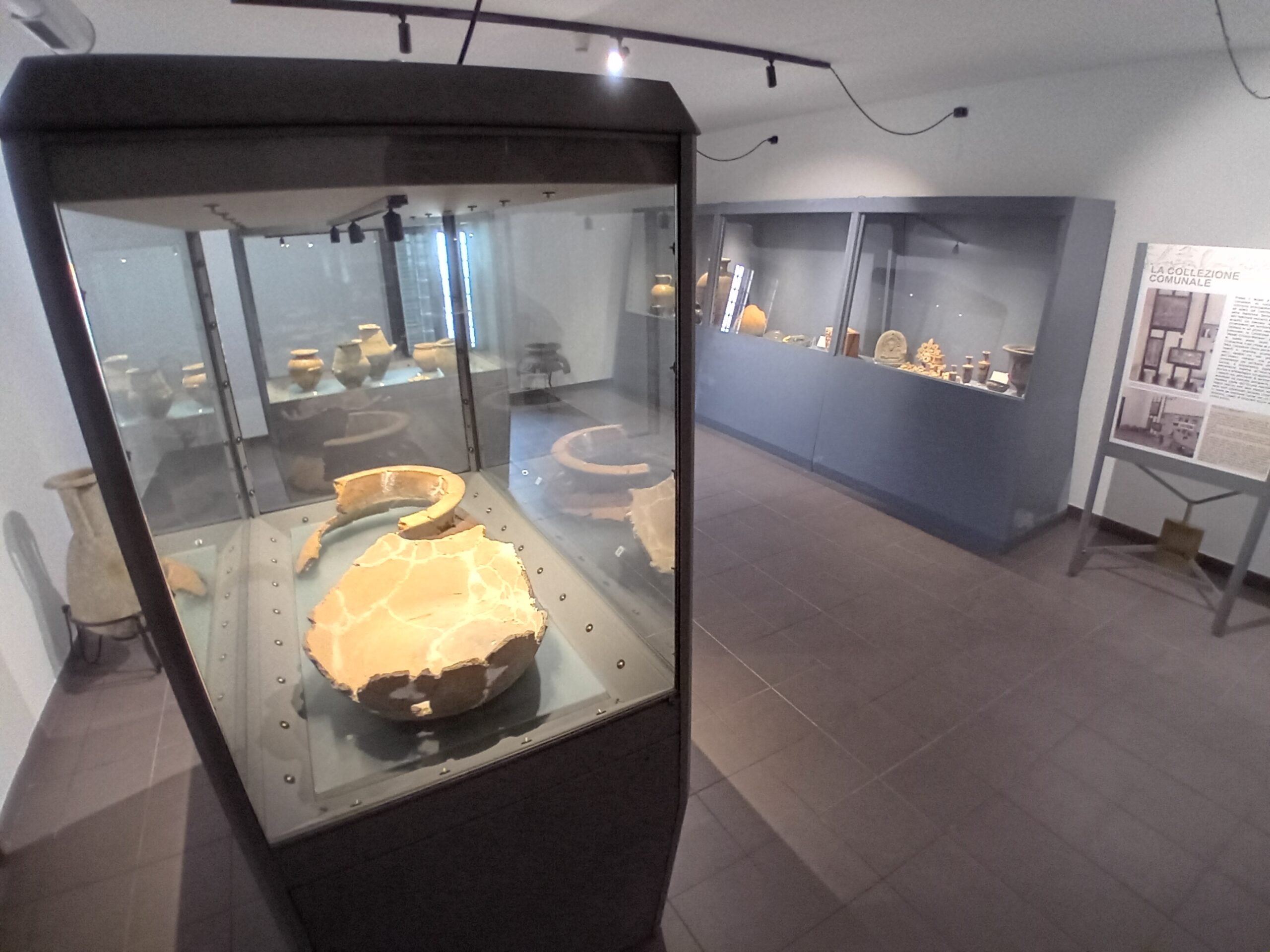Introduction
In the Archaeological Museum of Cecina are collected numerous examples of artifacts and archaeological finds from the surrounding area of the Lower Valley of Cecina River.
The exhibition, with its pieces displayed either in chronological and topographical order, aims to represent, in an easily understandable way, the development of the dwelling process of local inhabitants along with the evolutionary processes involving the territory in the past, from the Prehistoric times, through the remains of the thriving trade community of the Etruscan to the Roman Age up to the end of the Roman Empire.
read more












